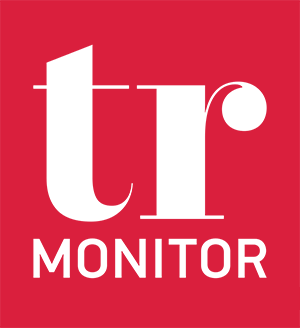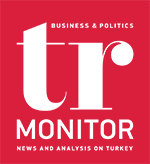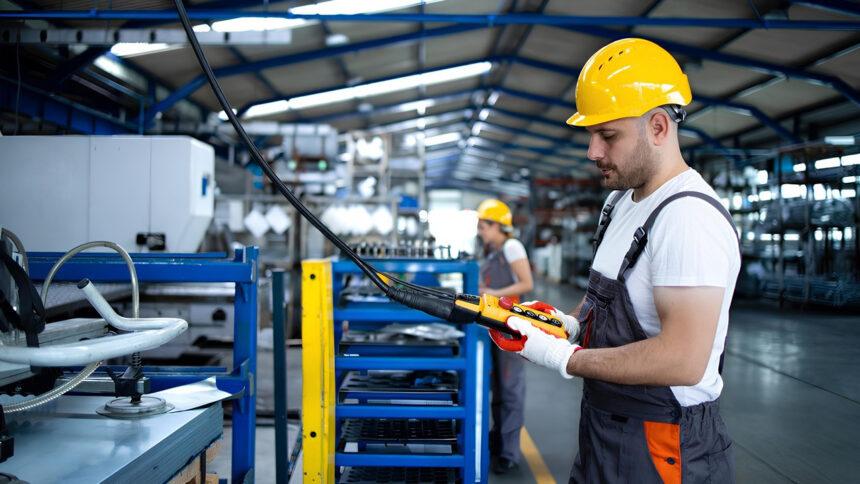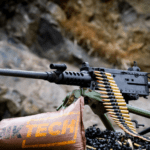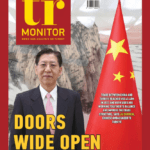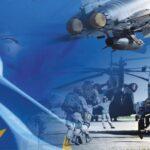THE ISTANBUL CHAMBER OF INDUSTRY released the results of Turkey ’s ɑISOɒ Top 500 Industrial Enterprises 2022 (ISO Top 500) survey. Production-based sales by the country’s top 500 manufacturing companies soared 119% from TRY 2.04tr to TRY 4.48tr in 2022, year-over-year. The hike mainly stemmed from high export performance and domestic demand, rising FX rates and prices, and the surge in the lira-equivalent export revenues, according to Erdal Bahcivan, Chairman of ISO.
Regarding top companies, Koc Holding’s oil refinery subsidiary, Turkiye Petrol Rafinerileri (Tupras), topped the list with a production sales revenues of TRY 418.4bn, followed by the Azerbaijan-based energy company SOCAR Turkey’s oil refinery subsidiary, Star Refinery, with TRY 189.2bn, and Koc Holding ’s automotive subsidiary Ford Otomotiv with TRY 140.1bn. Tupras also topped the list in 2021. The number of firms in the ISO Top 500 from the provinces hit by twin quakes on February 6 fell from 72 in 2021 to 66 in 2022.
PUBLICLY LISTED COMPANIES HIT AN ALL-TIME HIGH
The number of publicly listed firms in the ISO Top 500 hovered around 65-69 in 2017-2021 and rose to 73 last year, hitting an all-time high. ISO Chairman Erdal Bahcivan touched on the importance of initial public offerings (IPO) for companies to spread capital to the base and for industrial enterprises to access qualified financial sources. “The interest by manufacturing enterprises in IPO continues this year as well. It’s a positive development as they use capital market instruments more,” Bahcivan noted.
PROFITABILITY RATIOS DOWN
The operating profit of Turkey’s top 500 industrial enterprises soared by 96% from TRY 342.67bn in 2022, year-over-year. However, their profitability ratios fell by 2 points from 14.8% to 12.8% in the same period. Those companies’ EBITDA surged by around 100% from TRY 405bn to TRY 808bn, contrary to the EBITDA profitability ratio, which dropped by 2.1 points from 17.5% to 15.4%. The profit and loss before tax also jumped 121% from TRY 219bn to TRY 485bn. However, their sales profitability ratio declined by 0.2 points to 9.3%. “All these show us that the firms had a lower profit in 2022 than in 2021 in all profitability ratios,” Bahcivan said.
INDUSTRIALISTS FOCUS ON REAL OPERATIONS
The non-production revenues recorded a limited hike in the firms in the ISO Top 500 in 2022 due to a slowdown in their net FX profits. Their profits and incomes from other operations totaled TRY 683bn, and expenses and losses reached TRY 572bn in 2022. So, non-production net revenues of the firms in the ISO Top 500 surged by TRY 111bn, and the surge remained limited at 14.6%. “The share of non-production revenues in the total profit and losses for the financial year has fallen from 88% to around 23% over the past five years. That shows us that manufacturers have increasingly focused on real operations and reaped their profit from their real businesses.”
LOW INTEREST RATE ENVIRONMENT REFLECTS ON FINANCING EXPENSES
The financing expenses of companies in the ISO Top 500 climbed by 32.6% from TRY 209bn to TRY 277bn in 2022, compared to the previous year. Thus, the ratio of financial expenses to operation profit dropped from 61.1% to 41.3%. “That ratio hit 89% in 2018. The burden of financial expenses was lower for companies. However, the low-interest rate environment and regulations, which included tighter conditions for loan usage, were influential,” Bahcivan said. “That is why we will more clearly see how the relative improvement in the ratio of financial expenses to operation profit is sustainable in the ISO Top 500 2023 survey, which we will release next year.”
GROWTH IN ASSETS STEMS FROM SHAREHOLDERS’ EQUITIES
The total assets of Turkey’s top 500 manufacturing companies rose by 83% from TRY 2.1tr to TRY 3.9tr in 2022, year-over-year. Considering the main items in assets, the current assets surged by 78% from TRY 1.4tr to TRY 2.5tr, and non-current assets jumped 95% from TRY 706bn to TRY 1.4tr in the same period. Bahcivan stressed that companies financed the growth in their assets through shareholders’ equities rather than debt, unlike in previous years. The firms’ shareholders’ equities increased by 124% from TRY 624bn to TRY 1.4tr, and total debts rose by 67% from TRY 1.5tr to TRY 2.5tr. The share of borrowing fell from 70.7% to 64.3%, and the share of equities increased from 29.3% to 35.7% in 2022, compared to the previous year, with the support of high profits and a decrease in borrowing trends and constraints in borrowing opportunities.
